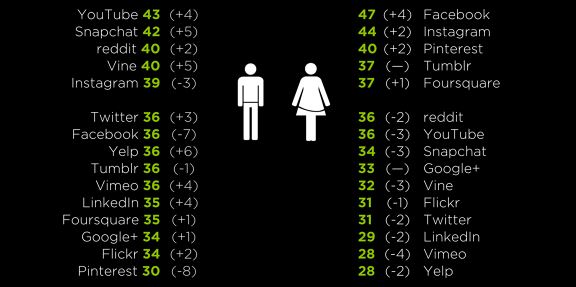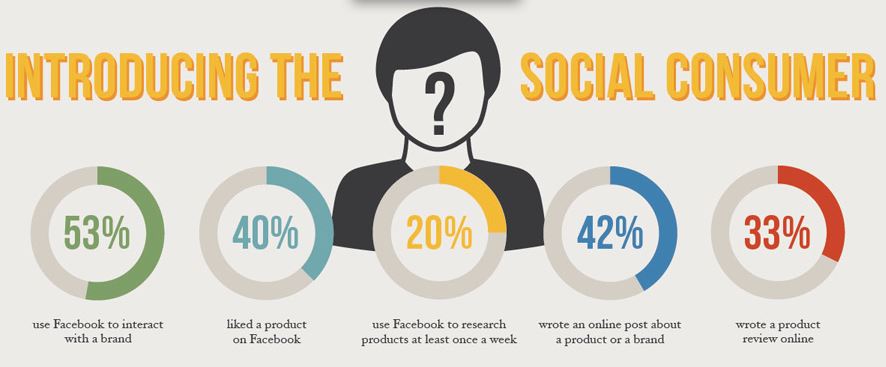It is vitally important that you gain access to dissertation topic examples marketing during your degree course notably in the final year. To provide an overview of why and how dissertations are written: these need to be both professionally and academically presented.
Difference between reports and dissertation topic examples marketing
You may have developed your report writing skills in previous years; if not, please refer to our Report Writing resources. The good news is that the format and presentation is almost identical, but you will have additional sections.
A report is usually an end of module assignment with very clear guidelines from your Tutor. Features of dissertations, final year projects and extended reports:
- Undertaken in your final year of undergraduate study, or in postgraduate education
- Is linked to both current theory and practice
- You will have more choice as to the topic and methodology, and will decide on the aims and objectives of your study
- You will be required to undertake more independent research into subjects which may not have been taught or may have been covered in a range of modules throughout your programme of study
- The word count is usually much higher than for a standard report
- Often requires a Project Proposal in order to gain approval for your key concepts before you start.
Why find dissertation topic examples marketing?
dissertation topic examples marketing usually contain sections of writing to record the methodology, results and conclusions of an investigation. They are used to enable your lecturer to assess the way you have approached your investigation, collected your data and evaluated your results.
Dissertations demonstrate skills in: planning, organising, researching, problem solving and time management as well as oral and written communication skills. They also demonstrate in-depth subject knowledge.
Format of dissertations
- Are written using formal academic language
- Headings and sub-headings should be used
- Bullet points or numbers can be used to list points
- Are written to be discussed by more than one person
- Show vigour in research
- Drawings, graphs, statistics and other additional material can be added as appendices
Sections of a dissertation topic examples marketing
dissertation topic examples marketing can be written in a variety of ways depending on your subject area, and whether you have undertaken primary or secondary research. However the sections below are a general indication of what sections need to be included.
1. Title page
2. Abstract
3. Contents
4. Introduction
5. Aims and Objectives
6. Literature Review
7. Research Methodology
8. Ethical Issues
9. Results/Findings
10. Discussion/Analysis
11. Recommendations (if requested)
12. References
13. Appendices
Dissertation Topic Examples Marketing
1. The Title Page
The title should provide a clear indication of what the dissertation is about: it should be accurate and concise. The title page should also include the date the report was written, who wrote the report and who the report was for. Make clear the dissertation topic examples marketing.
2. Abstract (also known as Summary)
This is a summary of the whole report’s contents. Readers will decide whether to read the whole report based on the abstract and therefore it should be sufficient for them to understand what the report is about, including the results of the investigation.
The abstract is written after the rest of the report even though it is presented at the beginning. It should describe the work that has been carried out, not the work that will be carried out.
3 Contents
A list of contents is required and should be correctly formatted. See Student IT support on Managing Longer Pieces of Work.
4. Introduction
This gives the background to the investigation. It puts your investigation into context and gives the reader some idea of the value and importance of your work. It tells the reader why this is an important subject to investigate.
5. Aims and Objectives
You should have a clear statement about the purpose of your study (aim) and how you are going to achieve those aims (objectives). State what you are trying to achieve and how you will achieve it. This is a crucial part of the report as it will be judged on whether your aims and objectives have been achieved: ensure you are clear about the difference between these.
6. Literature Review
This informs the reader of the current thinking in your particular topic. It will place your research in context and show how you are building upon previous knowledge. This should also highlight any areas of contention. Ensure you cite your sources of information and reference your work.
7. Research Methodologies
This section is important because if you undertake inappropriate methodology your results and findings will be disputed. The reader needs to know what you did to find out information so they can make a judgement about the suitability of your methodology.
In this section, you state what you have done to achieve your aims, what you did to find information you need and why you did it.
The methodology section can be sub-divided into the following sub-sections:
A short section (one or two sentences) in which you make a clear and accurate statement outlining what sort of investigation you used. Justify your statements by referencing to best practice.
You should provide a brief description of who you used in your sample and why. The information should include the essential features of any respondents used.
• Who were the subjects of the study?
• How were they selected?
• How many were there?
Justify your decisions by referencing back to best practice.
Materials/Apparatus (if necessary)
What sorts of dissertation topic examples marketing material were used? For example, experimental stimuli, tests, questionnaires. If using established tests or materials, these should be fully referenced. Any apparatus used should be described accurately (you could use diagrams or photographs).
This should be a description of exactly how you carried out the investigation: what exactly happened during the investigation, from start to finish in enough detail to allow replication. Remember to use the passive voice (third person), past tense; for example: “The questionnaire was given to all 1st year students.” “The responses to each question were recorded using simple tally charts”.
The procedure does not have to take the form of an experiment; some reports document the findings of desk based research and extended literature reviews.
Method of Analysis
As your analysis is part of what you did, you should include a statement of what methods of analysis were used and why they were chosen (do not panic if the methodology section becomes long – it is quite normal for this section to sometimes be the longest section of the report).
8. Ethical Issues
All dissertations and investigations should consider ethical issues. You are expected to complete a Staffordshire University Ethical Approval form and have this signed off by your tutor. This should be included as an appendix. In your report you should make the reader aware of the possible ethical issues of your research and how you overcame these issues, for example: confidentiality, storage of data and so on.
9. Results/Findings (sometimes this section can be merged with Discussion and Analysis)
It tells the reader what you have found out and is objective. It states the findings of your research. You may include tables and graphs, but also explain the results in words. Any raw data should be included as an appendix.
10. Discussion/Analysis
This covers the interpretation of the results, evaluation of the theoretical significance of the findings and a general discussion of the investigation. It should answer questions such as:
• What has your investigation shown?
• Did it achieve its objectives?
• What theory/literature does it support or contradict?
• What are the most plausible explanations of your findings?
• Are there any possible criticisms of the investigation?
The discussion should also:
• Build on the material in the introduction and literature review
• Evaluate the adequacy of your methodology
• Suggest design features that may have affected the results
• Include whether the results would be different under different conditions
11. Recommendations
Use your findings and analysis to make recommendations in dissertation topic examples marketing. You may make the recommendation that further investigation is undertaken if you realise that there were gaps in your methodology or anomalies in your findings. Alternatively, you may advise that some actions be considered.
12. References
Make sure references are given correctly. All dissertation topic examples marketing must be reference in accordance to your university’s guidelines.
13. Appendices (content usually not included in the word count)
Do not put results here: only the raw data should be presented in an Appendix. Some other materials may be usefully included in an Appendix (for example, blank questionnaires, copy of written tests used). Remember not to include anything in an appendix that has not been referred to in the text.
References and further reading
Levin, P. (2011) Excellent Dissertations. Open University Press.
McMillan, K. & Weyers, J. (2011) How to Write Dissertations and Project Reports. (Smarter Student Series) Harlow: Pearson Education Ltd.
New dissertation topic examples marketing below
Investigation into the Relationship between Brand Experience and Consumer Brand Engagement
The Impact of Social Media Marketing Strategies on Consumer Buying Behaviour
Role of Social Media on Personal Branding
Digital Branding Marketing Dissertation
Standardization versus Adaptation International Marketing
Did you find any useful knowledge relating to dissertation topic examples marketing below in this post? What are the key facts that grabbed your attention? Let us know in the comments. Thank you.






